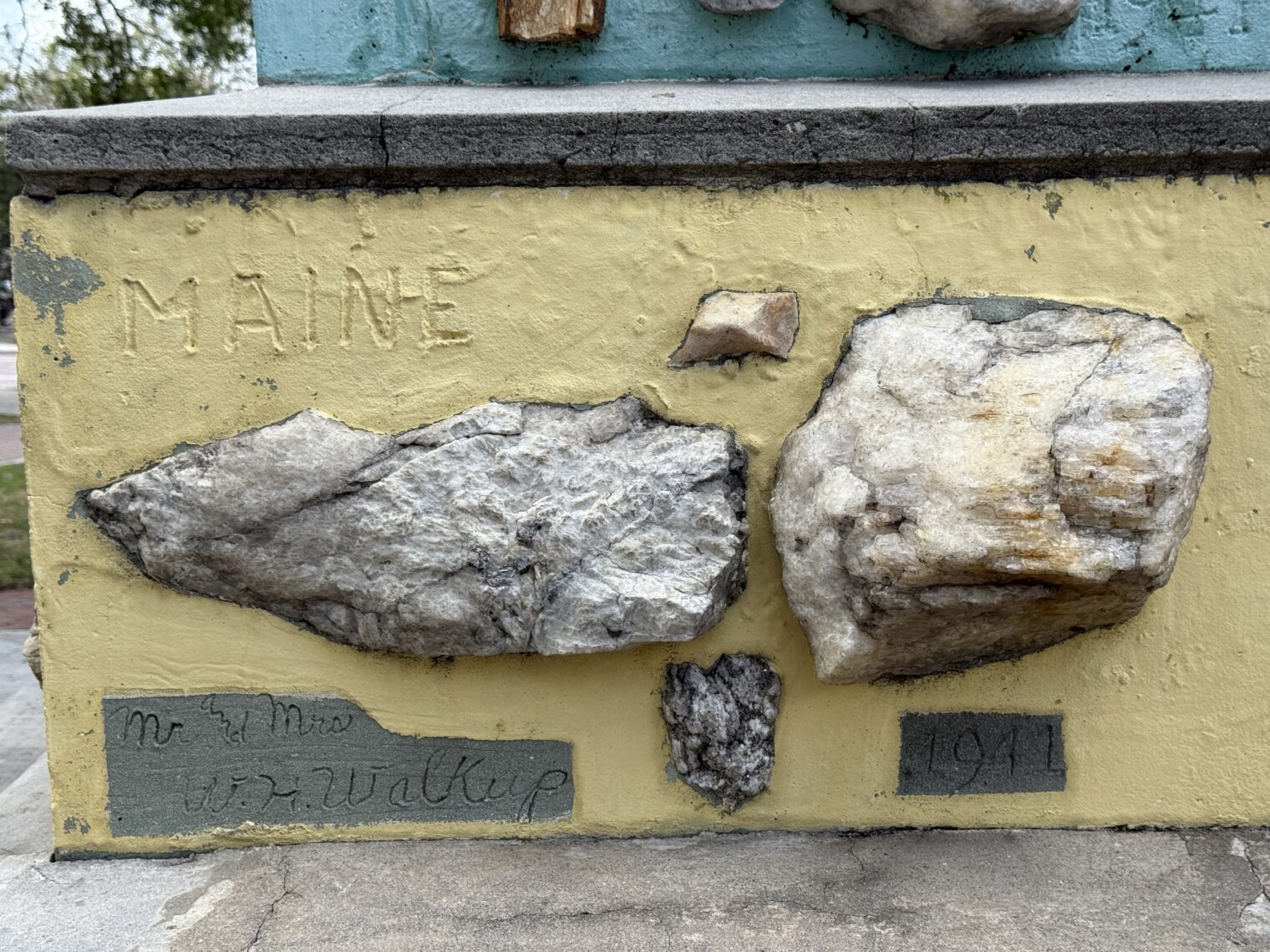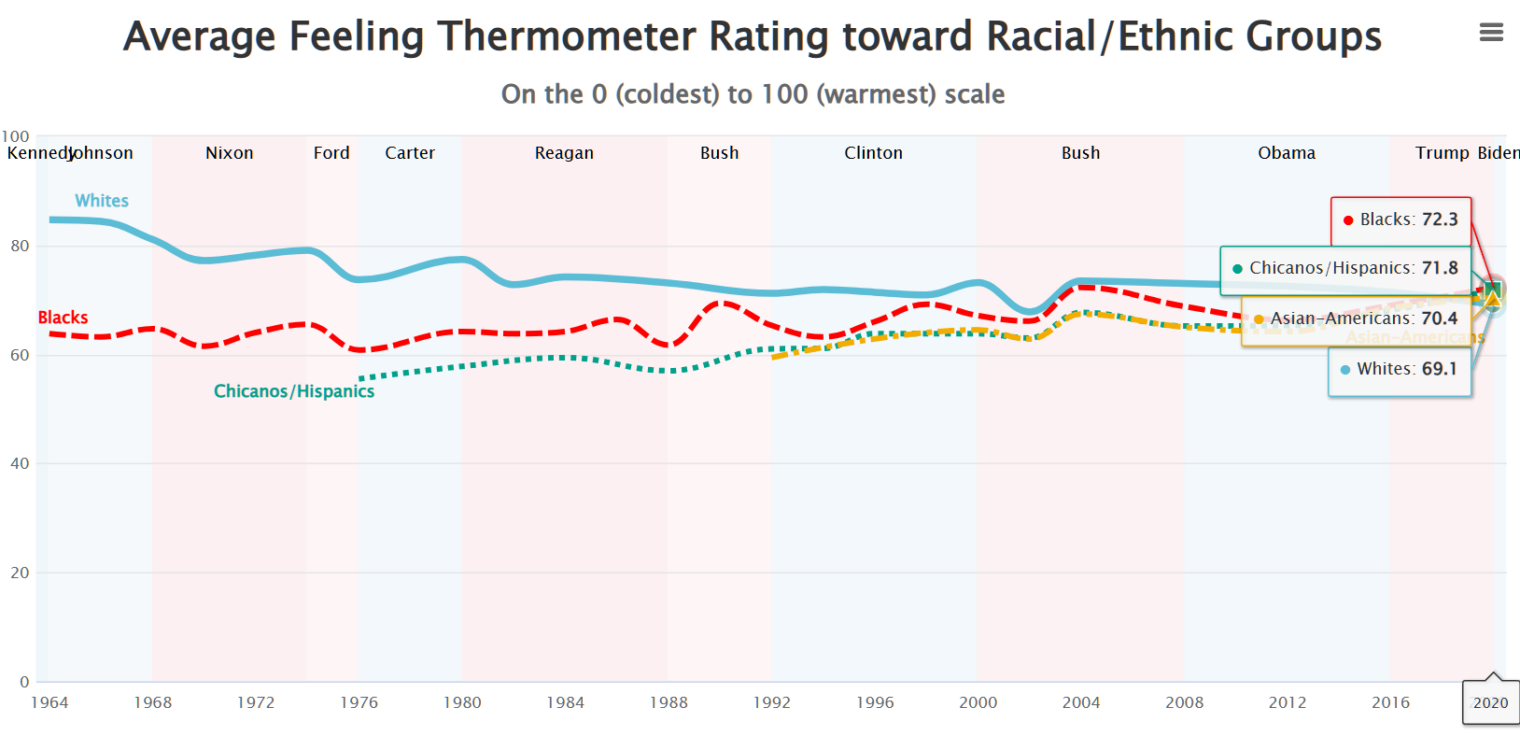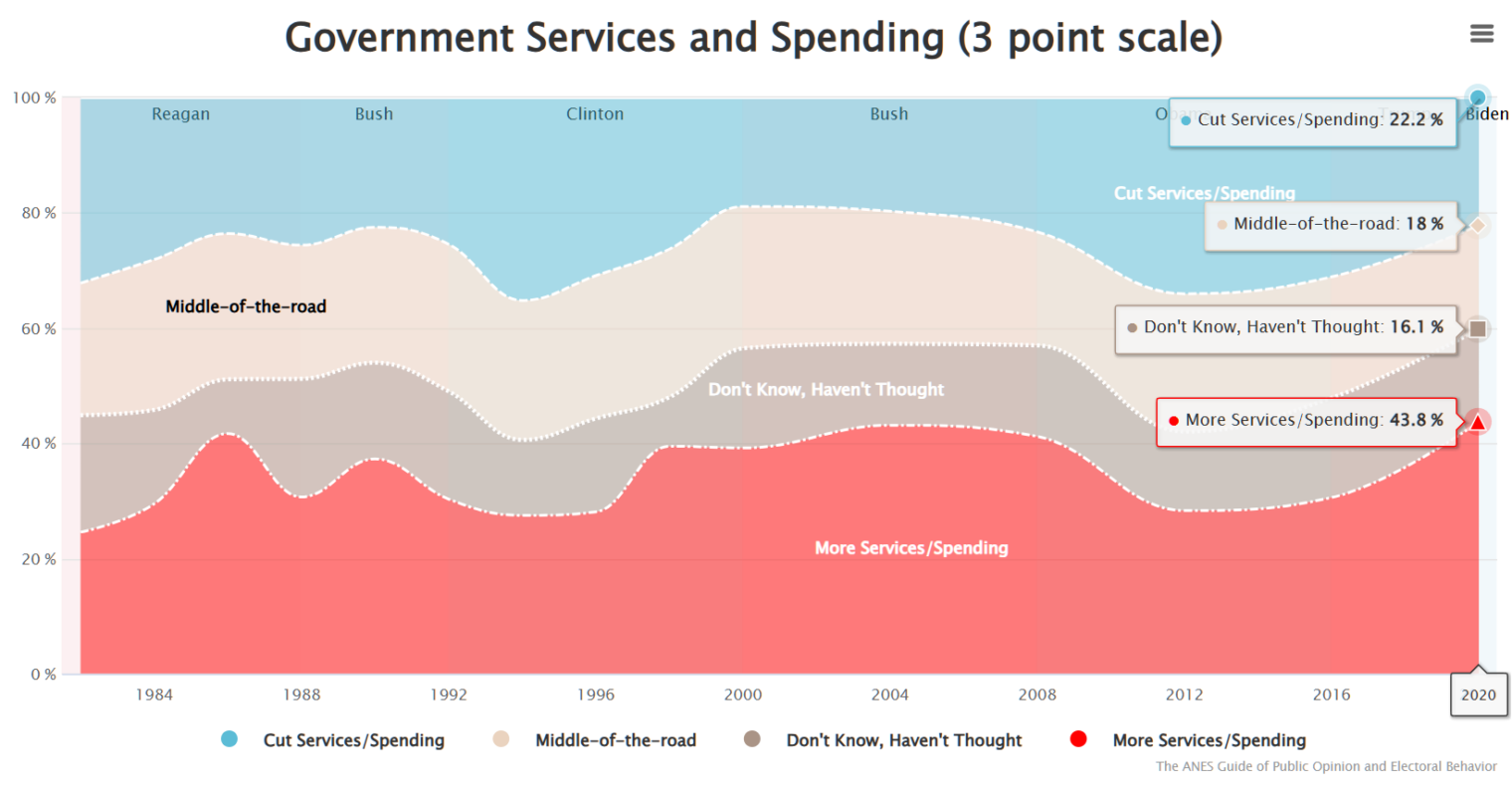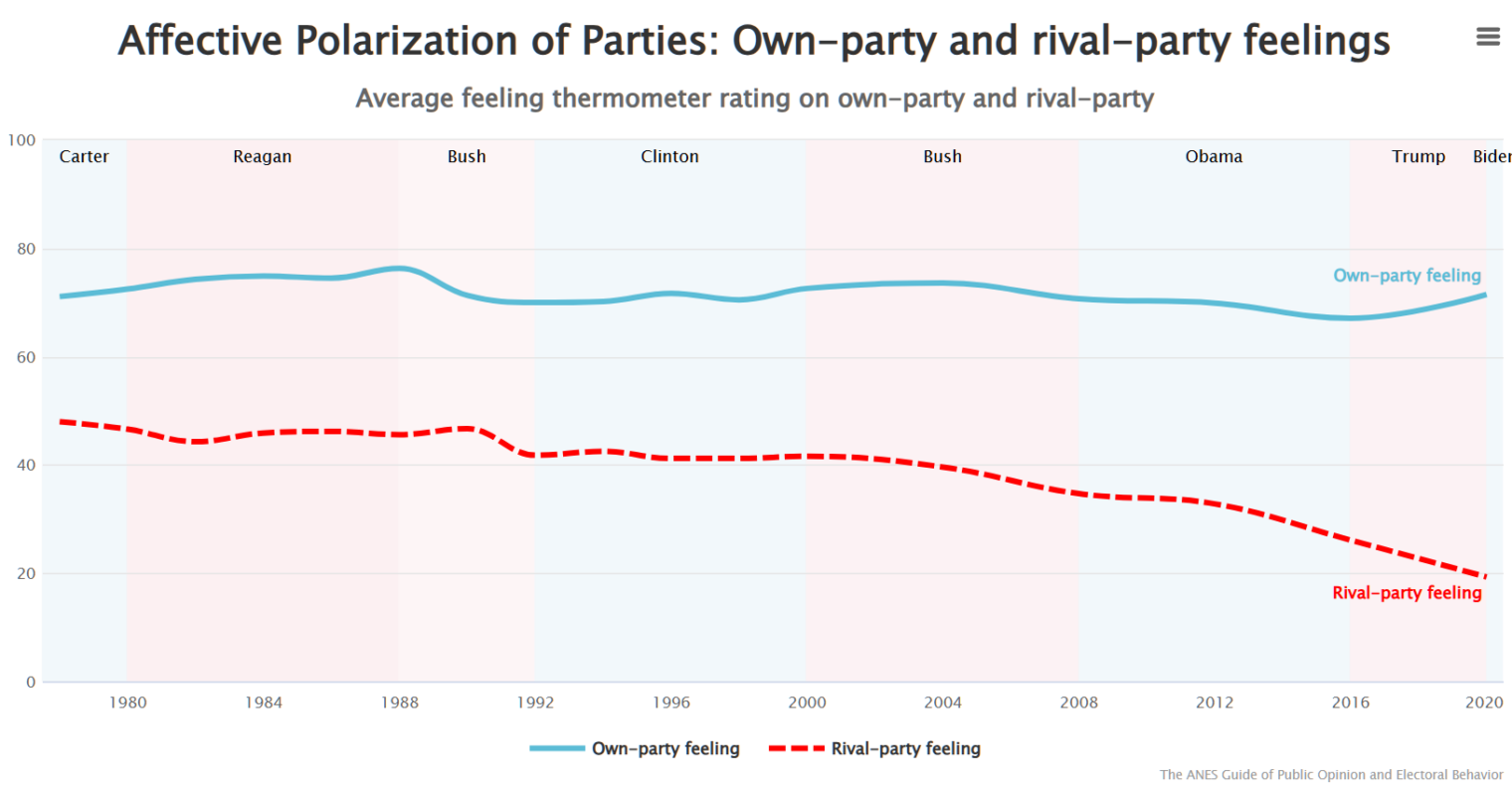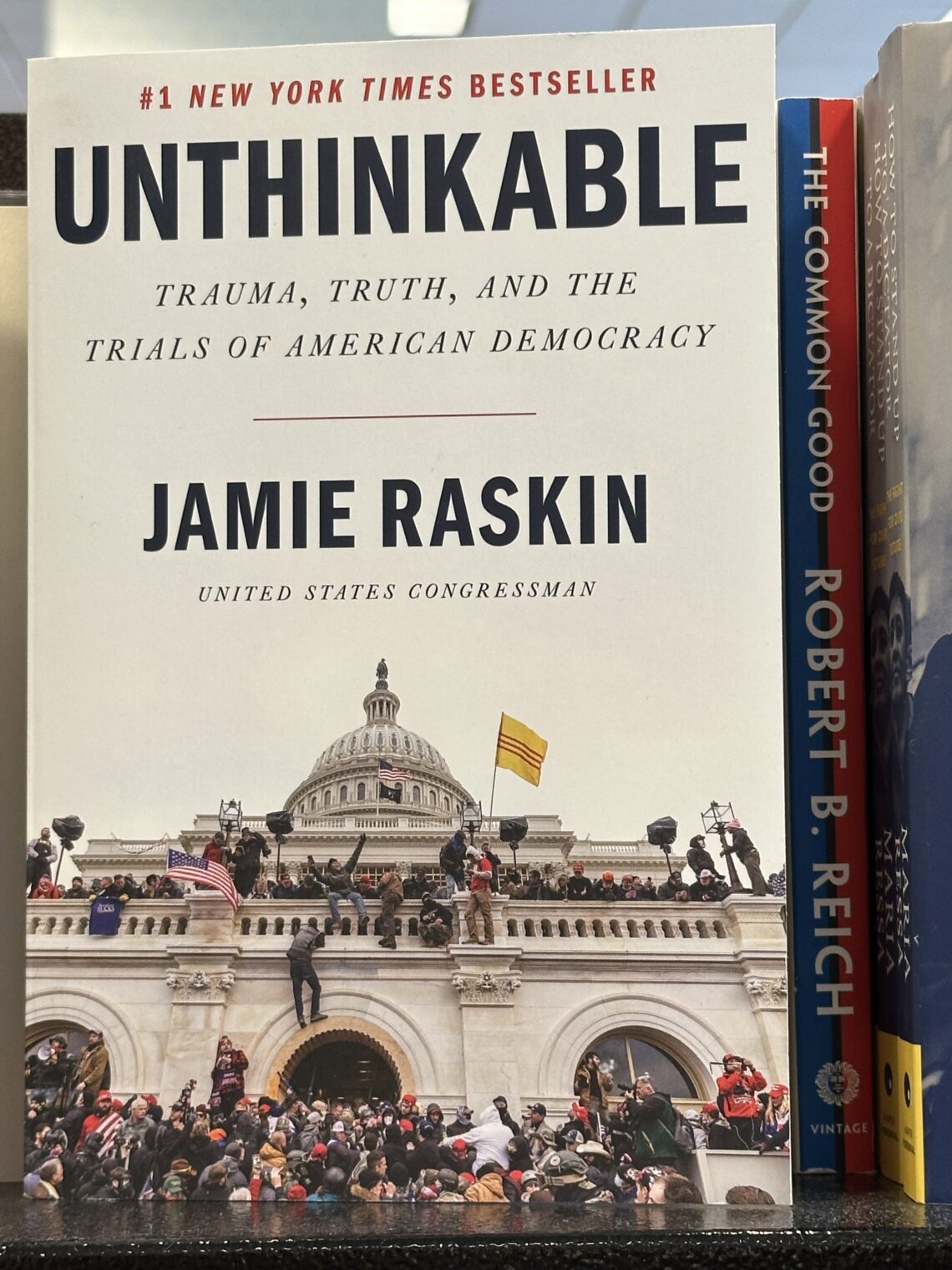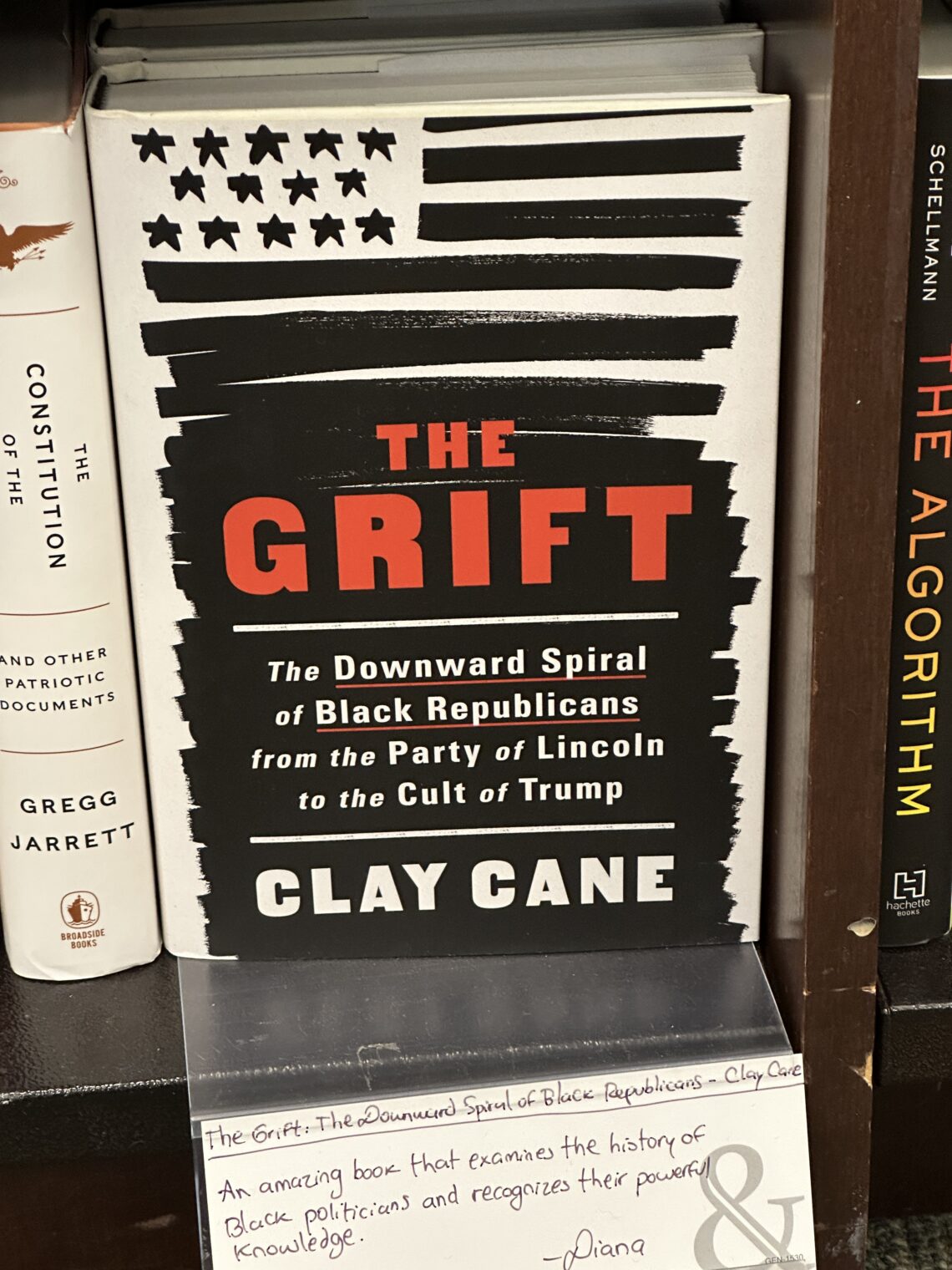My mom’s aide ain’t Black and ain’t an immigrant
I decided to conduct a Scientific poll this evening around our kitchen table. My mom is 90 and came over from assisted living accompanied by an aide. The aide is an immigrant from Haiti via the Dominican Republic. She probably gets paid about $20/hour and lives in the Democrat stronghold of West Palm Beach, Florida (our own town of Jupiter is, unfortunately, majority-Deplorable/garbage). So that the kids might be exposed to a diversity of political opinions, I asked her if she was eligible to vote and, if so, for whom she had voted and if she was happy with the election outcome. “I voted for Trump,” she said. “Harris didn’t do or say anything in the last four years while she was in office.” In other words, by Biden/Democrat standards this Haitian-born lady ain’t Black and ain’t an immigrant.
There’s more bad news… she has a high-school-age son… who is a Trump supporter as well. Could it be that elite Democrats picked such a bad candidate that their choice has caused a Long Republicanism disease among young people?
How about the unionized public school teachers? I would expect them to be reliable Democrat voters. They’re supposed to reveal their personal political views, but our 5th grader suspects at least some of harboring sentiments in favor of smaller government(!) and Donald Trump.
My post-election Facebook post (if only they had a “defriend count” on a per-post basis!):
How much truth is there in the therapy/pacifier angle? “Harvard Professors Cancel Classes as Students Feel Blue After Trump Win” (Crimson):
At 7 a.m. on Wednesday, Sophia R. Mammucari ’28 woke up to a phone call from her mom — and the news that Donald Trump had been officially reelected.
“I still had some hope that she was going to win by a small amount. And then I woke up this morning, and that’s not what happened,” Mammucari said. “I probably cried for like an hour.”
Economics lecturer Maxim Boycko wrote in a Wednesday email to students in Economics 1010a: “Intermediate Microeconomics” that the course’s typical in-class quizzes would be optional.
“As we recover from the eventful election night and process the implications of Trump’s victory, please know that class will proceed as usual today, except that classroom quizzes will not be for credit,” Boycko wrote. “Feel free to take time off if needed.”
“At an Upper West Side synagogue, Jews gather to ‘sit shiva’ following Trump’s win” (Jewish Telegraphic Agency):
Congregants at the Upper West Side synagogue B’nai Jeshurun had gathered for a post-election prayer service on Wednesday night, but the congregation’s senior rabbi, Roly Matalon, understood that they had really come together for a different kind of Jewish gathering.
“We’re sitting shiva,” Matalon said to a crowd of about 100, including both members and guests. “Sitting shiva with a sense of loss, of grief.”
The synagogue characterizes itself as “inclusive”. In theory, they’re not “Reform”, but they seem to have two females who call themselves “Rabbis”, one of whom is the author of Faithfully Feminist: Jewish, Christian and Muslim Feminists on Why We Stay. (Would one good reason for a Muslim feminist to “stay” Muslim be that leaving Islam is punishable by death?)
Related:
- In case someone is looking at this 10 years from now… “Biden: ‘If you have a problem figuring out whether you’re for me or Trump, then you ain’t black’” (CNN)
















